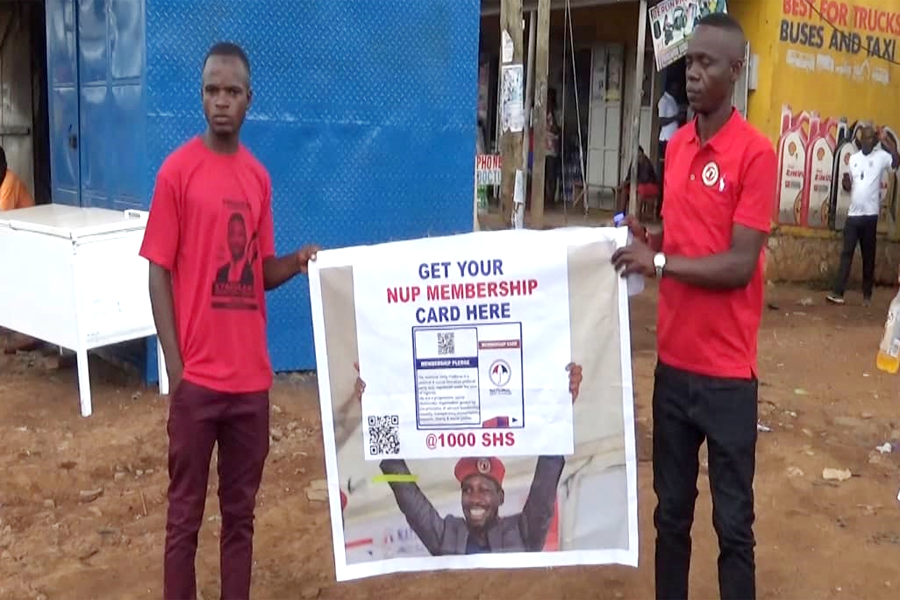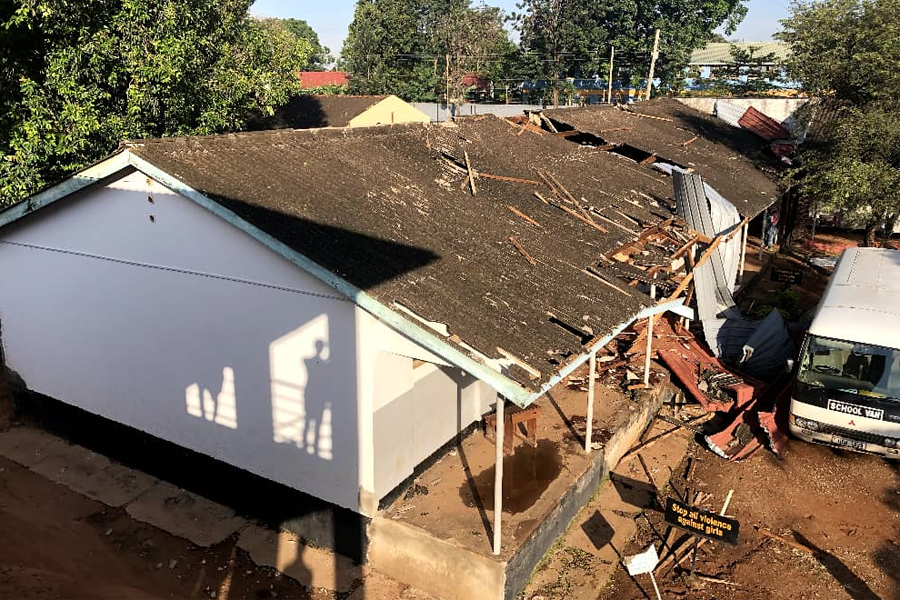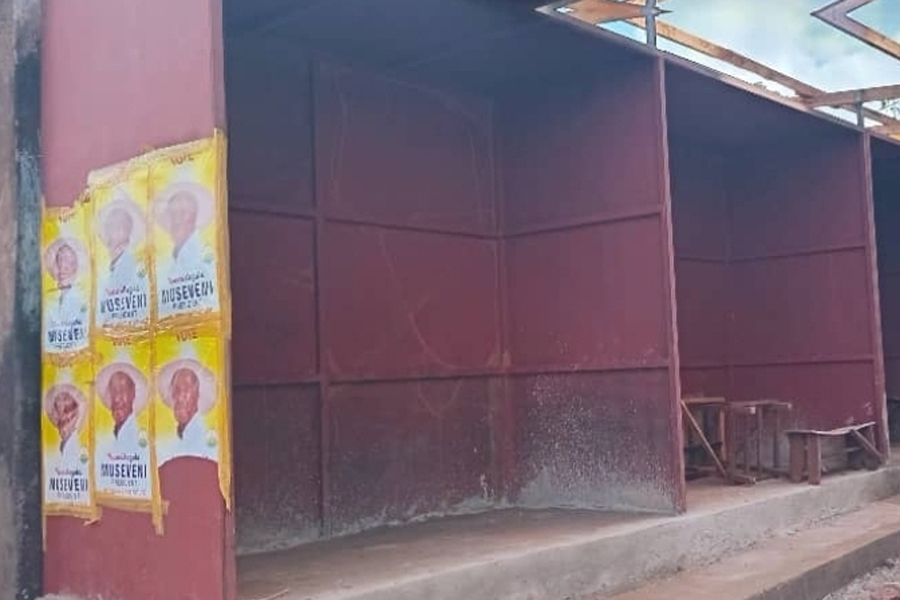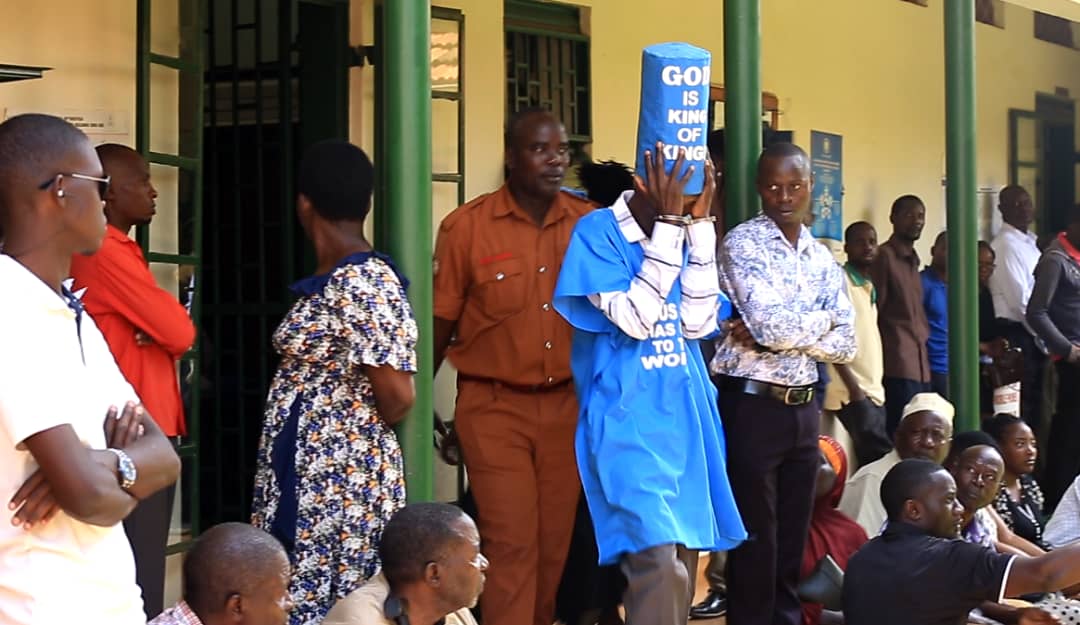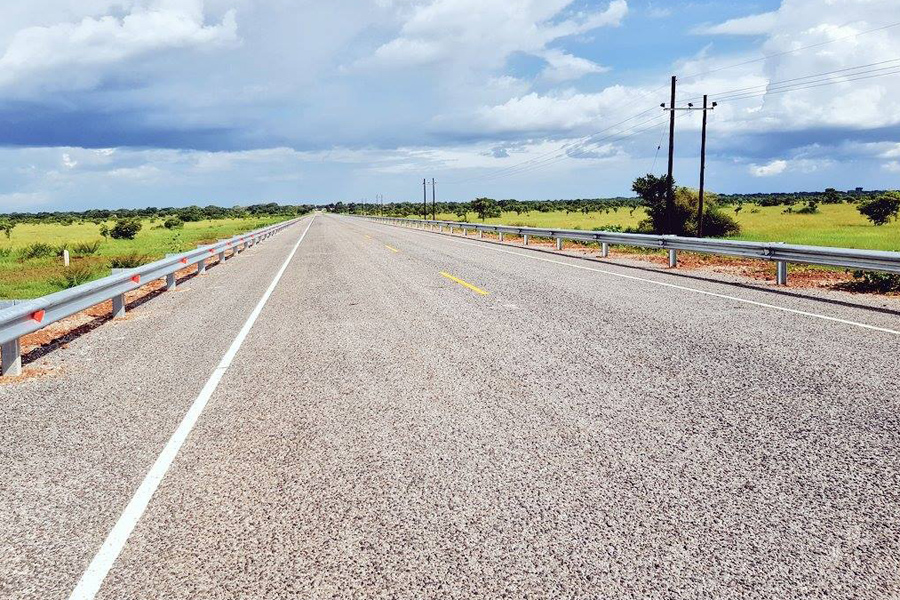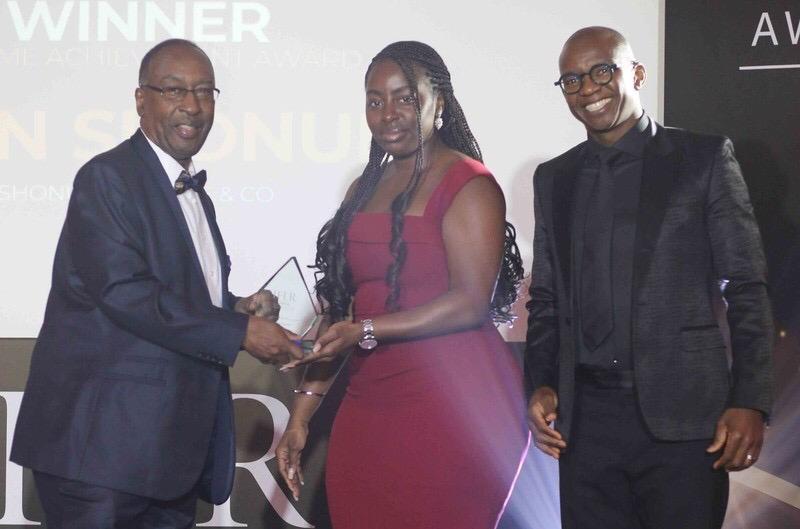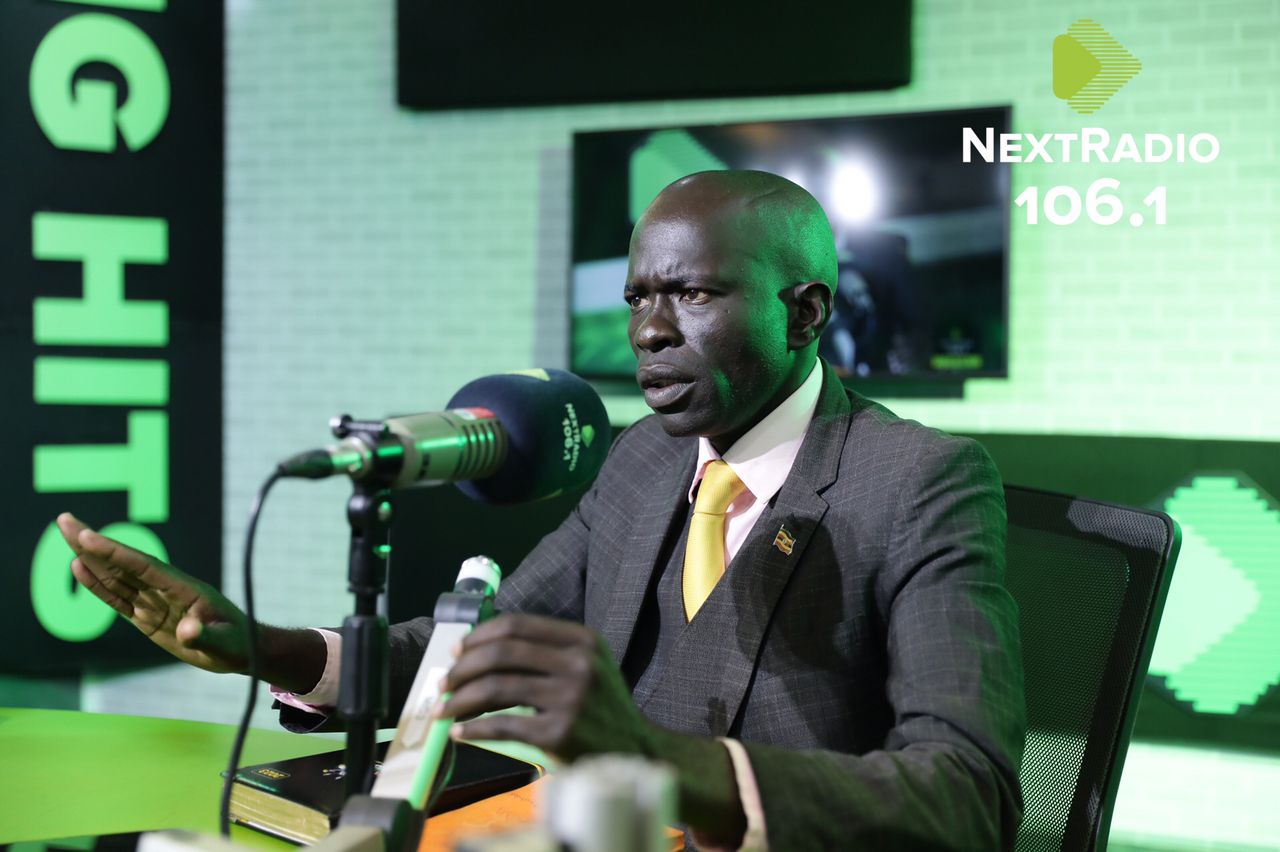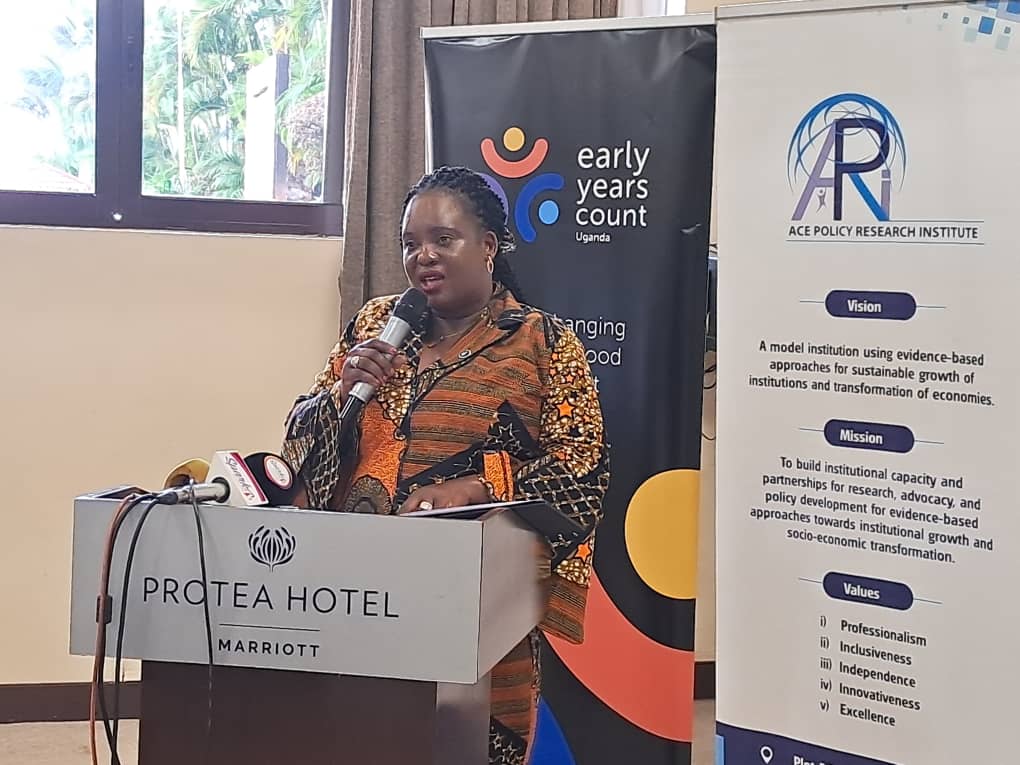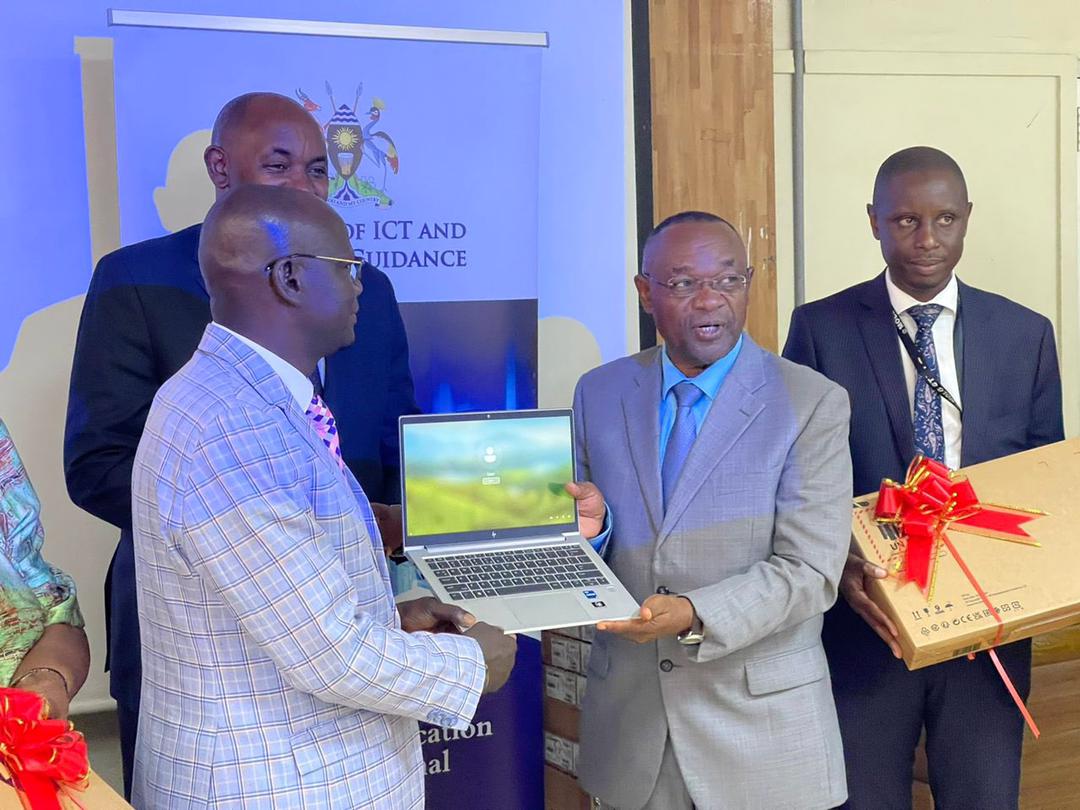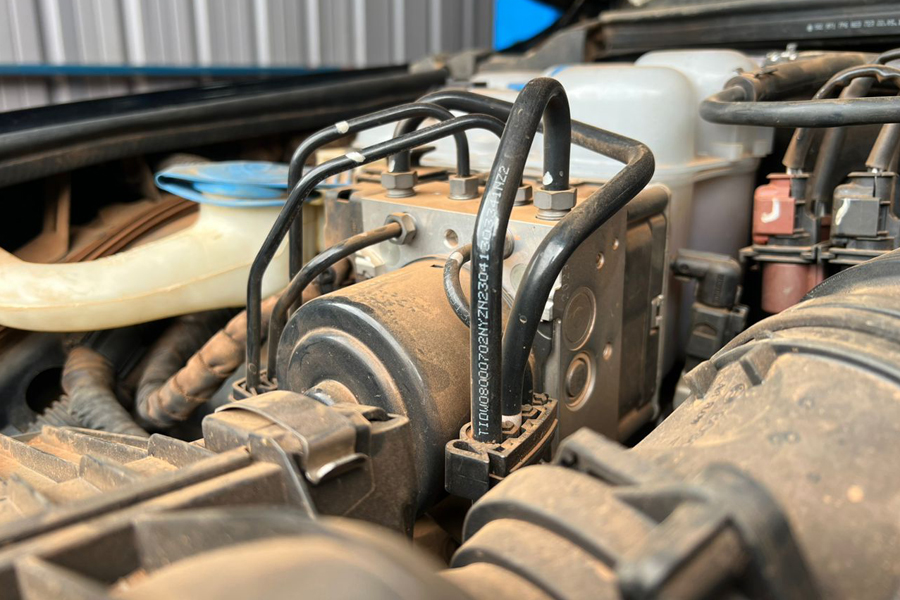I was in Ssembabule, I saw the goats and the beneficiaries
By Michael Woira
While in Ssembabule last year, I got to see for myself how the government-funded goat project was helping local farmers. It was amazing to see how farming could make a big difference in rural Uganda.
The farmers I met were strong and determined, and it was clear that they were making the most of the opportunities the project was giving them.
When I got to the project site, I saw farmers taking care of their animals with great dedication. They were really committed to making a living from farming. Everyone was excited and looking forward to getting their hybrid goats. It was a big moment for them because it meant they were starting on the path to making money from farming.
While chatting with Paul Sembeguya, the person in charge of the project at Sembeguya Estates, I learned a lot about their work. He told me their main aim is to have more high-quality goats to sell locally and internationally.
Mr. Sembeguya is super passionate about this project, and you can see how committed he is to making it successful. It's clear that he really cares about helping the farmers and making a positive impact on the community.
As I walked with the farmers and saw them get their male Savannah goats, I could feel their hope and happiness. These goats meant a lot to them, they saw them as a chance to make their lives better.
Seeing each goat given out made me really proud. I knew I was part of something that would help a lot of people. It was amazing to see how just having a goat could make such a big difference in the community.
However, there were big problems that I heard from the farm manager Sembeguya even though everyone was excited. He said that there wasn't enough money, so not as many farmers could get the hybrid goats they needed.
Also, there were issues with getting the goats to the farmers because there weren't enough vehicles and people to help. These things made it hard to make the project happen like it was supposed to and that was according to the in charge of the project.
Even though they faced challenges, the farmers didn't lose hope. They were really determined to overcome the obstacles and make the most out of their situation. Every day, they kept pushing forward, knowing that if they persevered, things would improve for them and their families in the long run. Their resilience was truly inspiring, showing that with determination and hard work, anything is possible.
While there, I was amazed by how much the goat project was helping the community. The farmers were working really hard and coming up with new ideas. Together, they were making their lives better.
It showed me how farming projects, even if they start small, can have a big impact. It was inspiring to see how everyone worked together to improve their situation. Leaving Ssembabule, I felt hopeful about the future of farming in Uganda. I realized that with determination and support, farmers can achieve a lot, even if it's just one goat at a time.
My visit to this goat project in Ssembabule was really special. It reminded me how strong and full of potential rural communities are. It also showed me how important it is to keep investing in farming. As I left, I felt hopeful about the future of farming in Uganda. I knew that with hard work and help, farmers can achieve anything.
As time passed since the project's inception, increasing scrutiny and criticism have emerged, casting doubt on its effectiveness and benefits to the community.
Recently, reports have surfaced indicating Parliament's skepticism regarding the project's impact, particularly questioning the value derived from the investment and the perceived exaggeration of prices per goat. This scrutiny has sparked discussions and debates among stakeholders, with some questioning the project's feasibility and overall success.
Upon delving deeper into the matter, it becomes evident that the cost associated with procuring and transporting Boer goats to Uganda is indeed substantial.
However, it is essential to consider various factors contributing to these expenses, including import tariffs, transportation logistics, and the quality standards required for successful implementation. While these costs may appear inflated to some, they are often necessary to ensure the sustainability and viability of the project in the long run.
Nevertheless, amidst the criticisms and doubts surrounding the project, it is crucial to acknowledge the potential motives driving such narratives.
In many cases, vested interests and political agendas may influence the discourse surrounding development initiatives, leading to misinformation and misinterpretation of facts. It is not uncommon for projects like this to face opposition or skepticism from various quarters, often due to competing interests or ideological differences.
Furthermore, the broader implications of project failures extend beyond mere financial losses. They can have significant socio-economic consequences, including job losses and missed opportunities for growth and development. As such, it is imperative for stakeholders to engage in constructive dialogue and collaboration to address concerns and find viable solutions that prioritize the interests of the community and promote sustainable development.
Therefore while challenges and criticisms may arise, it is essential to maintain a balanced perspective and consider the broader context when evaluating the success or failure of development projects. By fostering transparency, accountability, and collaboration, stakeholders can work together to overcome obstacles and ensure that initiatives like this contribute positively to the advancement of Uganda's development goals.
Michael Woira is a patriotic Ugandan


